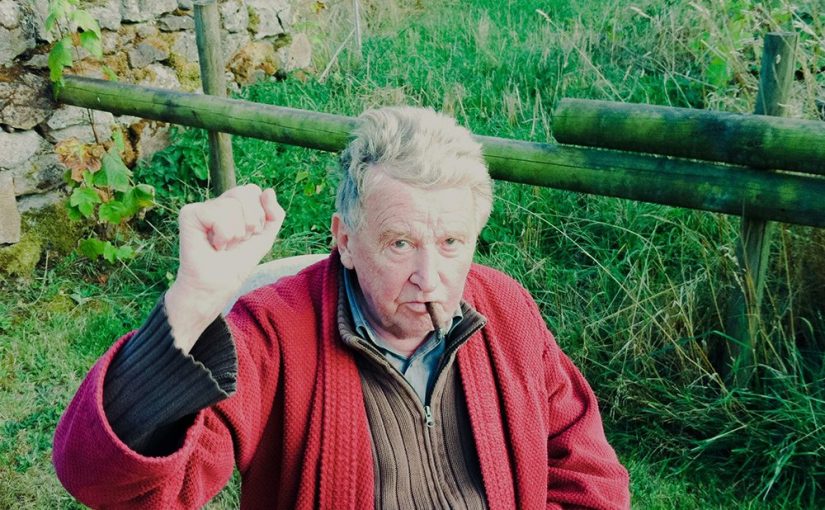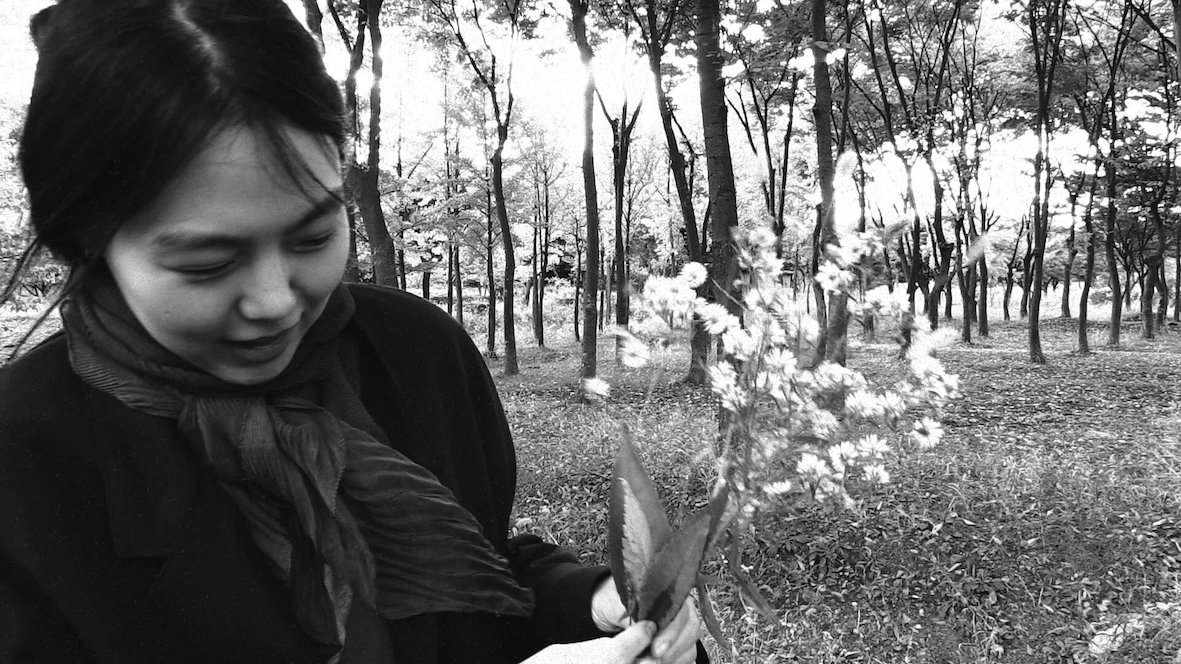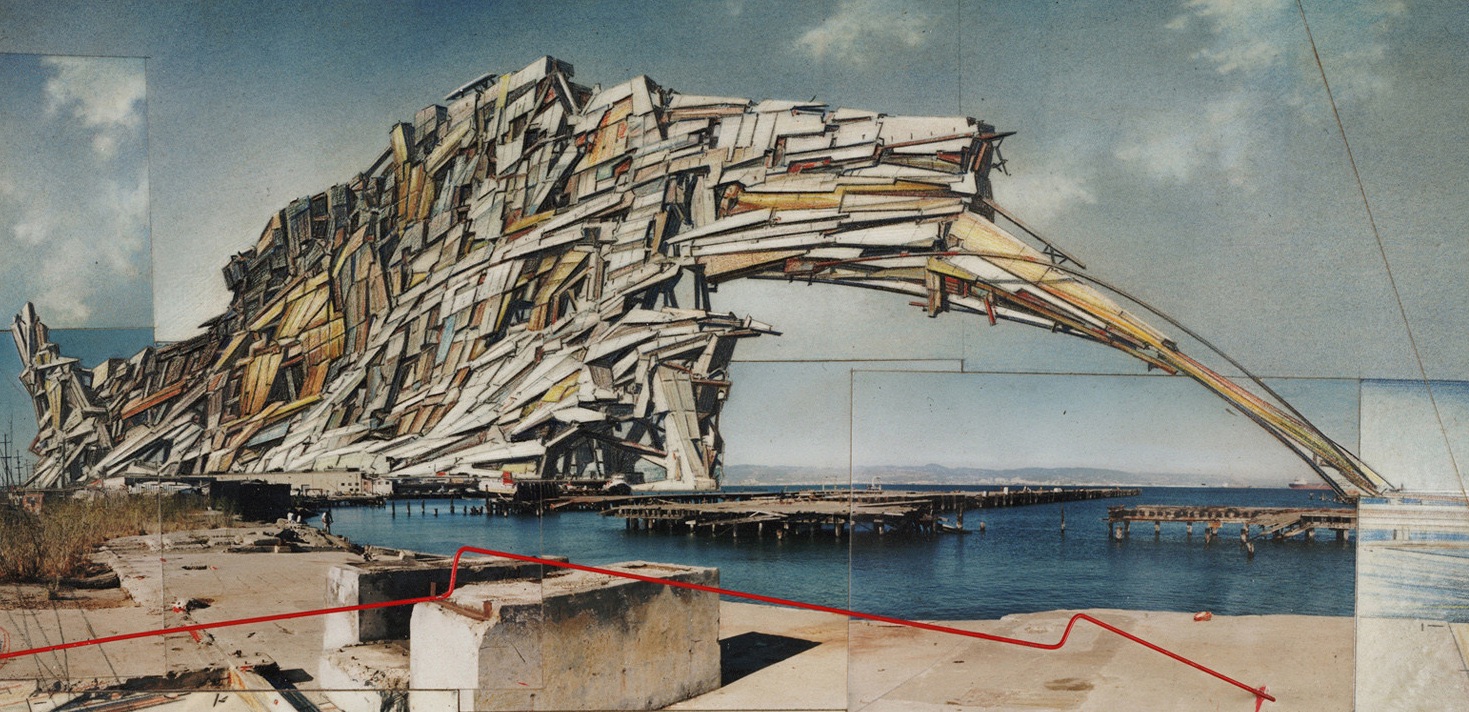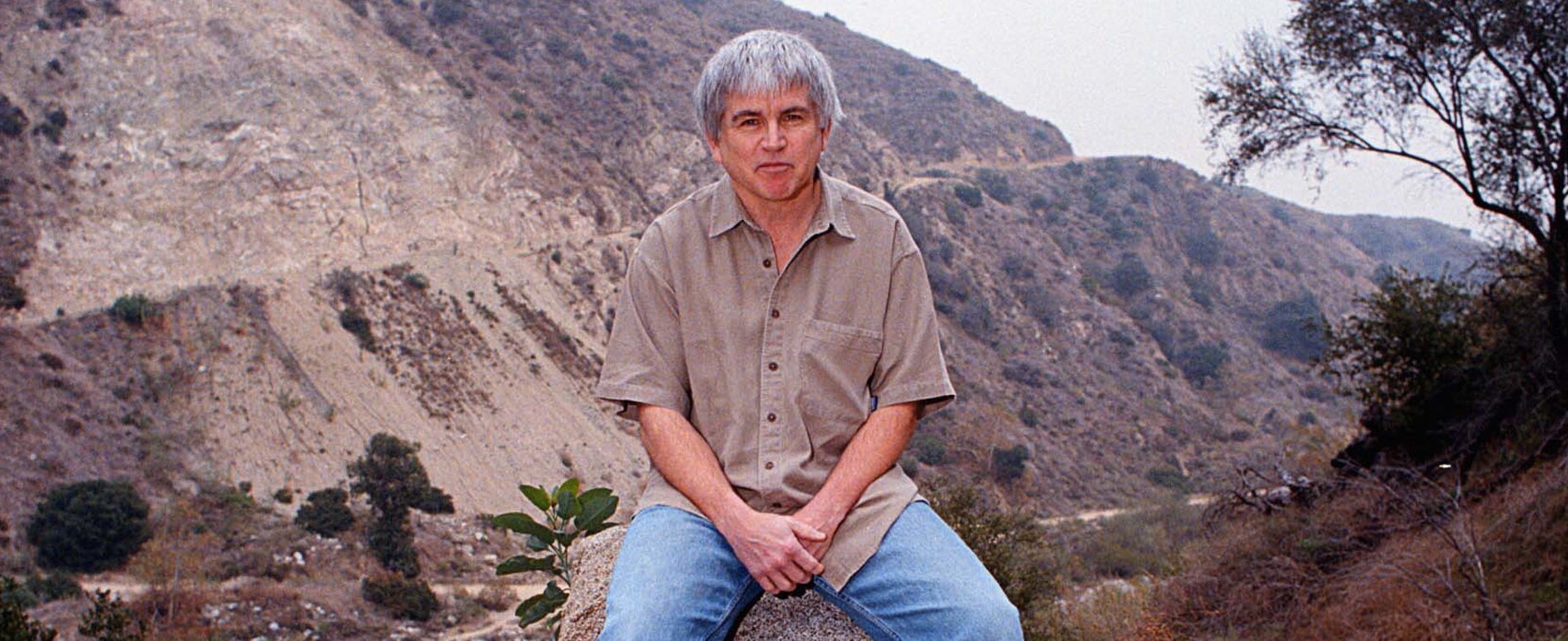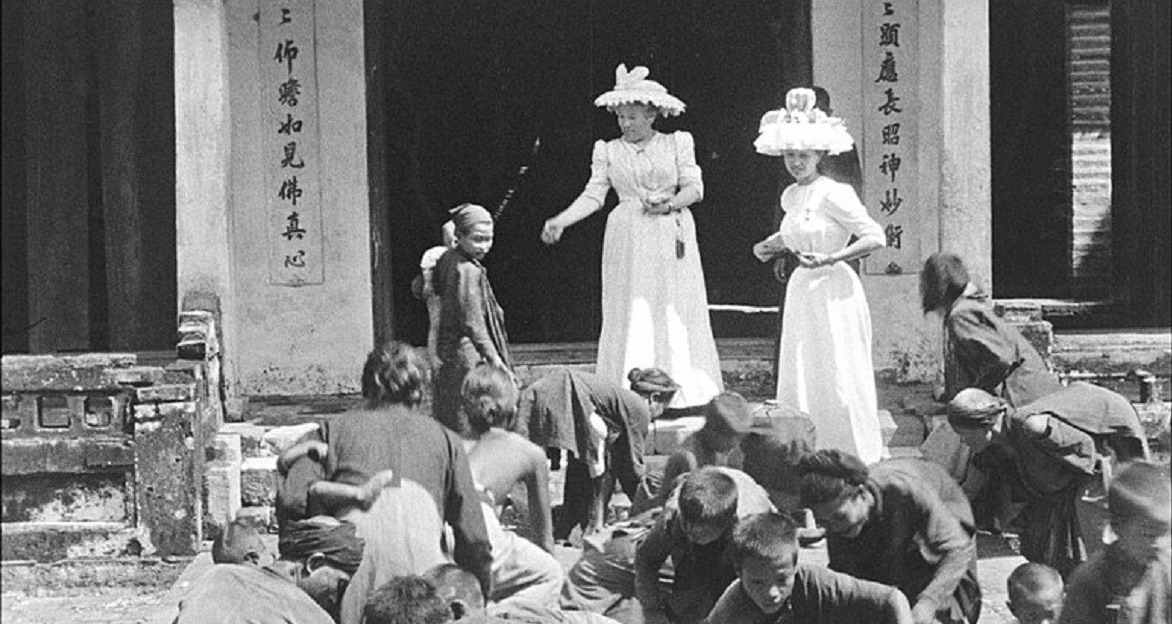On 17 October, Bundeskanzler Olaf Scholz invoked his constitutional privilege under Article 65 of the Grundgesetz to ‘determine the guidelines’ of his government’s policy. Chancellors do this rarely, if at all; the political wisdom is three strikes and you’re out. At stake was the lifespan of Germany’s last three nuclear power plants. As a result of Merkel’s post-Fukushima turn, intended to pull the Greens into a coalition with her party, these are scheduled by law to go out of service by the end of 2022. Afraid of nuclear accidents and nuclear waste, and also of their well-to-do middle-class voters, the Greens, now governing together with SPD and FDP, refused to give up their trophy. The FDP, on the other hand, demanded that given the current energy crisis, all three plants – accounting for about six percent of the domestic German electricity supply – be kept in operation as long as needed, meaning indefinitely. To end the fighting, Scholz issued an order to the ministries involved, formally declaring it government policy that the plants continue until mid-April next year, par ordre du mufti, as German political jargon puts it. Both parties knuckled under, saving the coalition for the time being.
The Greens – recently called ‘the most hypocritical, aloof, mendacious, incompetent and, measured by the damage they cause, the most dangerous party we currently have in the Bundestag’ by the indestructible Sahra Wagenknecht – are rather more afraid of nuclear power than nuclear arms. Anesthetized by the rapidly rising number of Green fellow-travellers in the media and mesmerized by fantasies of Biden delivering Putin to The Hague to stand trial in the international criminal court, the German public refuses to consider the damage nuclear escalation in Ukraine would cause, and what it would mean for the future of Europa and, for that matter, Germany (a place many German Greens do not consider particularly worth protecting anyway). With few exceptions, German political elites, as well as their agitprop mainstream press, know or pretend to know nothing about either the current state of nuclear arms technology or the role assigned to the German military in the nuclear strategy and tactics of the United States.
As post-Zeitenwende Germany increasingly declares itself ready to be the leading nation of Europe, its domestic politics becomes more than ever a matter of European interest. Most Germans conceive of nuclear warfare as an intercontinental battle between Russia (formerly the Soviet Union) and the United States, with ballistic missiles carrying nuclear warheads crossing the Atlantic or, as the case may be, the Pacific. Europe may or may not get hit, but since the world would anyway go under, there is no need really to think about any of this. Perhaps afraid of being accused of Wehrkraftzersetzung – subversion of military strength, punishable with the death penalty in the Second World War – none of the suddenly numerous German ‘defence experts’ seems willing to confirm that what Biden calls Armageddon is a future that may become a present only following a protracted phase of ‘tactical’ rather than ‘strategic’ nuclear warfare in Europe, and indeed on Ukrainian battlefields.
One weapon of choice here is an American nuclear bomb called B61, designed to be dropped from fighter planes on military concentrations on the ground. Although all of them have sworn to devote themselves ‘to the well-being of the German people [and] protect them from harm’, no member of the German government will talk about what kind of fallout the use of a B61 in Ukraine may produce; where the winds will likely carry it; how long the area around a nuked battlefield will remain uninhabitable; and how many disabled children will be born nearby and afar over how many years, all so the Crimean peninsula can remain or become again Ukrainian. What is clear is that compared to nuclear warfare, even of the localized kind, the 1986 nuclear accident in Chernobyl (which hastened the rise of the Greens in Germany) would appear utterly negligible in its effects. It is notable that the Greens have up to now refrained from calling for precautions to protect the population of Germany and Europe against nuclear contamination – assembling stocks of Geiger counters or iodine tablets, for example – which one might think would recommend itself after the experience with Covid-19. Keeping sleeping dogs asleep obviously takes precedence over public health or, for that matter, the protection of the environment.
Not that ‘the West’ is not preparing for nuclear war. In mid-October, NATO staged a military exercise called ‘Steadfast Noon’, described by the Frankfurter Allgemeine as an ‘annual nuclear arms drill’. The exercise involved sixty fighter planes from fourteen countries and took place over Belgium, the North Sea and the UK. ‘Facing Russian threats to use nuclear arms’, the FAZ explained, ‘the Alliance actively and providently released information about the exercise to avoid misunderstandings in Moscow, but also to demonstrate its operational readiness’. At the centre of the event were the five countries – Germany, Italy, the Netherlands, Belgium and Turkey (!) – that have a ‘nuclear participation agreement’ with the US, which provides for some of their fighter planes to carry American B61s to targets designated by the United States. Around one hundred B61s are allegedly stored in Europe, guarded by US troops. The German air force maintains a fleet of Tornado bombers devoted to ‘nuclear participation’. The planes are said to be outdated, however, and during the coalition negotiations it was a non-negotiable demand of the incoming foreign minister, Annalena Baerbock, that the Tornados be replaced as soon as possible with thirty-five American F35 stealth bombers. These are now being ordered and will likely be delivered in about five years, at a price of 8 billion euros, to the dismay of the French who had hoped to be cut into the deal. Maintenance and repairs are estimated to cost two or three times that during the lifetime of the planes.
It is important to note precisely what ‘Steadfast Noon’ is about. Pilots learn to shoot down the enemy’s interceptor planes and, when close enough to the target, perform a complicated manoeuvre, the so-called ‘shoulder throw’. Approaching at a very low height, with one bomb each attached to their underside, planes suddenly reverse direction by flying a forward loop, releasing the bomb at the apex of their climb. The bomb thereby continues in the original direction of the plane, until it falls in a ballistic curve eradicating whatever it is supposed to eradicate at the end of its trajectory. At that time the plane will already be on its supersonic way home, having avoided the wave caused by the nuclear explosion. Ending on a feel-good note for its readers, the FAZ revealed that ‘strategic B-52 long-range bombers’ from the United States, ‘designed for nuclear missiles that can be dropped from great altitudes’, also participated in the exercise.
Those disposed to undertake a close reading of the public pronouncements of the governing coalition of the willing can recognize traces of debates going on behind the scenes, over how best to prevent the Great Unwashed getting in the way of what may be coming to them. On 21 September, one of the chief editors of FAZ, Berthold Kohler, a hardliner if there ever was one, noted that even among Western governments ‘the unthinkable is no longer considered impossible’. Rather than allowing themselves to be blackmailed, however, Western ‘statesmen’ have to muster ‘more courage… if the Ukrainians insist on liberating their entire country’, an insistence that we have no right to argue with. Any ‘arrangement with Russia at the expense of the Ukrainians’ would amount to ‘appeasement’ and ‘betray the West’s values and interests’, the two happily converging. To reassure those of his readers who would nevertheless rather live for their families than die for Sevastopol – and who had hitherto been told that the entity called ‘Putin’ is a genocidal madman entirely impervious to rational argument – Kohler reports that in Moscow there is sufficient fear of ‘the nuclear Armageddon in which Russia and its leaders would burn as well’ for the West to support to the hilt the Zelensky view of the Ukrainian national interest.
It was, however, only a few days later that one of Kohler’s staff writers, Nikolas Busse, plainly announced that ‘the nuclear risk is growing’, pointing out that ‘the Russian military has a big arsenal of smaller, so-called tactical nuclear arms suitable for the battlefield’. The White House, according to Busse, ‘has through direct channels warned Russia of severe consequences’ should it use them. Whether the American attempt ‘to raise Putin’s potential costs’ would have the desired effect was, however, uncertain. ‘Germany’, the article continues, ‘under the presumed protection of Biden’s strategy, has allowed itself an astonishingly frivolous debate over the delivery of battle tanks to Ukraine’, referring to tanks that would enable the Ukrainian army to enter Russian territory, overstepping what is apparently the Ukrainians’ assigned role in the American proxy war with Russia and likely provoking a nuclear response: ‘More than ever one should not expect the United States to risk its head for solo adventures (Alleingänge) of its allies. No American president will put the nuclear fate of his nation into European hands’ (unlike, one cannot avoid noting, European presidents putting their nations’ fate in American hands).
Busse’s article marked the outer limit of what the German political establishment was willing to let the more literate sections of German society know about debates with the country’s allies and what Germany may have to put up with if the war is allowed to continue. But that limit is changing rapidly. Hardly a week had gone by when Kohler, expressing the same doubts regarding the United States’ willingness to sacrifice New York for Berlin, explicitly called for Germany to acquire nuclear bombs of its own, something that has been completely and seemingly permanently outside the bounds of admissible political thought in Germany. While German nuclear capacity, according to Kohler, was to offer insurance against the unpredictability of American domestic politics and global strategy, it would also be a precondition of German leadership in Europe independent from France and closer in line with the worldview of Eastern European countries such as Poland.
Frankfurt, Goethe once noted of his hometown, ‘is full of oddities’. The same can be said today of Berlin, and indeed Germany as a whole. Bizarre things are happening, with public consideration of them tightly managed by an alliance of the centrist parties and the media, and supported to an amazing extent by self-imposed censorship in civil society. Before one’s eyes, an apparently democratically governed mid-sized regional power is being turned, and is actively turning itself, into a transatlantic dependency of the Great American War Machines, from NATO to the Joint Chiefs of Staff, the Pentagon to the NSA, and the CIA to the National Security Council. When on 26 September the two Nord Stream pipelines were hit by a massive underwater attack, the powers that be tried for a few days to convince the German public that the perpetrator could only have been ‘Putin’, intending to demonstrate to the Germans that there would be no return to the good old gas days. It soon became clear, however, that this strained the credulity of even the most credulous of German Untertanen. Why should what is called ‘Putin’ have voluntarily deprived himself of the possibility, small as it might be, of luring Germany back into energy dependency, as soon as the Germans became unable to pay the staggering price of American Liquid Natural Gas? And why would he not have blown up the pipelines in Russian rather than international waters, the latter more heavily policed than any other maritime landscape except, perhaps, the Persian Gulf? Why risk a squadron of Russian shock troops, which would undoubtedly have been sizeable, being caught red-handed, triggering a direct confrontation with several NATO member states under Article 5?
Lacking even a remotely credible ‘narrative’ – the new word in elevated jargon for a story manufactured for a purpose – the matter was effectively dropped, after no more than a week. Two days after the explosion, a lone reporter for a local newspaper based at the entry to the Baltic Sea observed the USS Kearsarge, an ‘amphibious assault ship’ capable of transporting up to 2,000 soldiers, exit the Baltic west-bound, accompanied by two landing boats; a photograph of two of the three mighty ships made its way onto the internet. Nobody in German politics or the national media took any notice, certainly not publicly. By mid-October, Sweden, currently applying for NATO membership, announced that it will keep the results of its investigation of the event to itself; the security rating of its findings was too high ‘to share with other states like Germany’. Shortly thereafter, Denmark also withdrew from the joint investigation.
As for Germany, on 7 October the government had to answer a question from a Die Linke Bundestag member on what it knew of the causes and perpetrators of the pipeline attacks. Beyond stating that it considered them ‘acts of sabotage’, the government claimed to have no information, adding that it would likely not have any in the future either. Moreover, ‘after careful consideration, the Federal Government has come to the conclusion that further information cannot be given for reasons of public interest’ (in German, aus Gründen des Staatswohls, literally: for reasons of the welfare of the state, a concept apparently modelled on another neologism, Tierwohl, animal welfare, which in recent German legalese refers to what breeders of chickens and pigs must allow their animals so that their farming practices can count as ‘sustainable’). This, the answer continues, was because ‘the requested information is subject to the restrictions of the “Third-Party-Rule”, which concerns the internal exchange of information by the intelligence services’ and therefore ‘affects secrecy interests that require protection in such a way that the Staatswohl outweighs the parliamentary right to information, so that the right of MPs to ask questions must exceptionally take second place to the secrecy interest of the Federal Government’. To this writer’s knowledge, there has been no mention whatsoever of this exchange in the Staatswohl-oriented media.
There have been further ominous events of this kind. In an accelerated procedure lasting only two days, the Bundestag, using language supplied by the Ministry of Justice held by the supposedly liberal FDP, amended Section 130 of the Criminal Code, which makes it a crime to ‘approve, deny or diminish (verharmlosen)’ the Holocaust. On 20 October, an hour before midnight, a new paragraph was passed, hidden in an omnibus bill dealing with the technicalities of creating central registers, which adds ‘war crimes’ (Kriegsverbrechen) to what must not be approved, denied or diminished. The coalition and the CDU/CSU voted for the amendment, Die Linke and AfD against. There was no public debate. According to the government, the amendment was needed for the transposition into German law of a European Union directive to fight racism. With two minor exceptions, the press failed to report on what is nothing other than a legal coup d’état. (Two weeks later the FAZ protested that using Section 130 for the purpose was disrespectful of the unique nature of the Holocaust.)
It may not be long before the Federal Prosecutor starts legal proceedings against someone for comparing Russian war crimes in Ukraine to American war crimes in Iraq, thereby ‘diminishing’ the former (or the latter?). Similarly, the Federal Bureau for the Protection of the Constitution may soon begin to place ‘diminishers’ of ‘war crimes’ under observation, including surveillance of their telephone and email communication. Even more important for a country where almost everybody on the morning after the Machtübernahme greeted their neighbour with Heil Hitler rather than Guten Tag, will be what in the United States is called a ‘chilling effect’. Which journalist or academic having to feed a family or wishing to advance their career will risk being ‘observed’ by inland security as a potential ‘diminisher’ of Russian war crimes?
In other respects as well, the corridor of the sayable is rapidly, and frighteningly, narrowing. As with the destruction of the pipelines, the strongest taboos relate to the role of the United States, both in the history of the conflict and in the present. In admissible public speech, the Ukrainian war – which is expected to be termed ‘Putin’s war of aggression’ (Angriffskrieg) by all loyal citizens – becomes entirely de-contextualized: it has no history outside of the ‘narrative’ of a decade-long brooding of a mad dictator in the Kremlin over how to best wipe out the Ukrainian people, facilitated by the stupidity, combined with greed, of the Germans falling for his cheap gas. As this writer found out when an interview he had given to the online edition of a centre-right German weekly, Cicero, was cut without consultation, among what is not to be mentioned in polite German society are the American rejection of Gorbachev’s ‘Common European Home’, the subversion within the United States of Clinton’s project of a ‘Partnership for Peace’, and the rebuff as late as 2010 of Putin’s proposal of a European free trade zone ‘from Lisbon to Vladivostok’. Equally unmentionable is the fact that by the mid-1990s at the latest, the United States had decided that the border of post-communist Europe should be identical to the western border of post-communist Russia, which would also be the eastern border of NATO, to the west of which there were to be no restrictions whatsoever on the stationing of troops and weapons systems. The same holds for the extensive American strategic debates on ‘extending Russia’, as documented in publicly accessible working papers of the RAND Corporation.
More examples of the publicly unsayable include the historically unprecedented arms build-up on the part of the United States during the ‘war on terror’, accompanied by the unilateral termination of all remaining arms control agreements with the Soviet Union of old; the unrelenting American pressure on Germany to replace Russian natural gas with American liquid natural gas after the invention of fracking, culminating in the American decision long before the war to close down Nord stream 2, one way or other; the peace negotiations that preceded the war, including the Minsk agreements between Germany, France, Russia and Ukraine, negotiated by among others the then German foreign minister, Frank-Walter Steinmeier, which fell apart under pressure from the Obama administration and its special envoy for US-Ukrainian relations, the then Vice President Joe Biden, coinciding with a radicalization of Ukrainian nationalism (today Steinmeier keeps publicly confessing and repenting for his past sins as a peacenik, in language that effectively bars him from considering any future European security regime which does not include regime change in Russia); and not least the connection between Biden’s European and South East Asian strategies, especially the American preparations for war with China.
A glimpse of the latter was provided when Admiral Michael Gilday, US Chief of Naval Operations, in a hearing before Congress on 20 October, let it be known that the United States had to be prepared ‘for a 2022 window or potentially a 2023 window’ for war over Taiwan with China. For all its obsession with the United States, the fact that it is common transatlantic knowledge that the Ukrainian war is at bottom a proxy war between the US and Russia completely escapes the official German public. Voices of the likes of Niall Ferguson or Jeffrey Sachs urgently warning against nuclear brinkmanship go unnoticed; the former in an article in Bloomberg, entitled ‘How Cold War II Could Turn into World War III’, an article that no Staatswohl-minded German publisher would have accepted.
In the Germany of today, any attempt to place the Ukrainian war in the context of the reorganization of the global state system after the end of the Soviet Union and the American project of a ‘New World Order’ (the elder Bush) is suspicious. Those who do run the risk of being branded as Putinversteher and invited on one of the daily talk shows on public television – for ‘false balance’ in the eyes of the militants – to face an armada of right-thinking neo-warriors shouting at them. Early in the war, on 28 April, Jürgen Habermas, court philosopher of the Greens, published a long article in Süddeutsche Zeitung, under the long title ‘Shrill tone, moral blackmail: On the battle of opinions between former pacifists, a shocked public and a cautious Chancellor following the attack on Ukraine’. In it, he took issue with the exalted moralism of the neo-bellicists among his followers, cautiously expressing support for what at the time appeared to be reluctance on the part of the Bundeskanzler for headlong involvement in the Ukrainian war. For this Habermas was fervently attacked from within what he must have thought was his camp, and has remained silent since.
Those who might have hoped for Habermas’ still potentially influential voice to help increasingly desperate efforts to prevent German policy becoming forever fixated on a Ukrainian Endsieg, cost what it may, are left with the leader of the SPD parliamentary party, Rolf Mützenich, a former university docent of international relations. Mützenich has become a hate figure of the new war coalition inside and outside the government, which tries to brand him as a relic from before the Zeitenwende when people still believed that peace might be possible without the military destruction of whatever evil empire may get in the way of the ‘West’. In a recent article on the thirtieth anniversary of Willy Brandt’s death, hidden away in a social-democratic newsletter, Mützenich warned of an impending ‘end of the nuclear taboo’ and argued that ‘diplomacy must not be limited by ideological rigour or moral teaching. We must recognize that men like Vladimir Putin, Xi Jinping, Viktor Orbán, Recep Tayyip Erdoğan, Mohammed bin Salman, Bashar al-Assad and the many others will be influencing the fortunes of their countries, their neighbourhoods and the world for longer than we would like’. It will be interesting to see how long his supporters, many of them young newly elected SPD MPs, will manage to keep him in his position.
What is nothing short of astonishing is how many hawks have come out of their nests in recent months in Germany. Some figure as ‘experts’ on Eastern Europe, international politics and the military, who believe it to be their Western duty to help the public deny the approaching reality of nuclear explosions on European territory; others are ordinary citizens who suddenly enjoy following tank battles on the internet and rooting for ‘our’ side. Some of the most warlike used to belong to the left, widely defined; today they are more or less aligned with the Green party and in this emblematically represented by Baerbock, now the foreign minister. A strange combination of Joan of Arc and Hillary Clinton, Baerbock is one of the many so-called ‘young global leaders’ cultivated by the World Economic Forum. What is most characteristic of her version of leftism is its affinity to the United States, by far the most violence-prone state in the contemporary world. To understand this, it may help to remember that those of her generation have never experienced war, and neither have their parents; indeed, it is safe to assume that its male members avoided the draft as conscientious objectors until it was suspended, not least under their electoral pressure. Moreover, no previous generation has grown up as much under the influence of American soft power, from pop music to movies and fashion to a succession of social movements and cultural fads, all of which were promptly and eagerly copied in Germany, filling the gap caused by the absence of any original cultural contribution from this remarkably epigonal age cohort (an absence that is euphemistically called cosmopolitanism).
Looking deeper, as one must, cultural Americanism, including its idealistic expansionism, promises a libertarian individualism which in Europe, unlike the United States, is felt to be incompatible with nationalism, the latter happening to be the anathema of the Green left. This leaves as the only remaining possibility for collective identification a generalized ‘Westernism’ misunderstood as a ‘values’-based universalism, which is in fact a scaled-up Americanism immune to contamination by the reality of American society. Westernism, abstracted from the particular needs, interests and commitments of everyday life, is inevitably moralistic; it can live only in Feindschaft with differently moral, and in its eyes therefore immoral, non-Westernism, which it cannot let live and ultimately must let die. Not least, by adopting Westernism, this kind of new left can for once hope to be not just on the right but also on the winning side, American military power promising them that this time, finally, they may not be fighting for a lost cause.
Moreover, Westernism amounts to the internationalization, under robust American leadership, of the culture wars being fought at home, inspired by role models in the United States (although there the war may be about to be lost at least domestically). In the Westernized mind, Putin and Xi, Trump and Truss, Bolsonaro and Meloni, Orbán and Kaczyński are all the same, all ‘fascists’. With historical meaning restored to the uprooted individualized life in late-capitalist anomie, there is once more a chance to fight and even die for, if nothing else, then for the common ‘values’ of humanity – an opportunity for heroism that seemed forever lost in the narrow horizons and the hedged parochialism enshrined in the complex institutions of postwar and postcolonial Western Europe. What makes such idealism even more attractive is that the fighting and dying can be delegated to proxies, people today, soon perhaps algorithms. For the time being, nothing more is asked of you than advocating your government sending heavy arms to the Ukrainians – whose ardent nationalism would until a few months ago have seemed nothing short of repulsive to Green cosmopolitans – while celebrating their willingness to put their lives on the line, for the cause not just of regaining Crimea for their country but also of Westernism itself.
Of course, in order to make ordinary people rally to the cause, effective ‘narratives’ must be devised to convince them that pacifism is either treason or a mental illness. People must also be made to believe that unlike what the defeatists say in order to undermine Western morale, nuclear war is not a threat: either the Russian madman will turn out to be not mad enough to follow up on his delusions, or if he doesn’t the damage will remain local, limited to a country whose people, as their president reassures us on television every night, are not afraid of dying for both their fatherland and, as von der Leyen puts it, for ‘the European family’ – which, when the time is ripe, will invite them in, all expenses paid.
Read on: Susan Watkins, ‘The Nuclear Non-Proliferation Treaty’, NLR 54.


